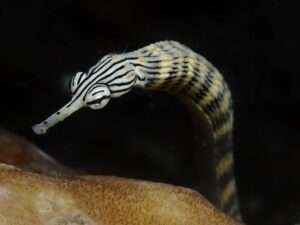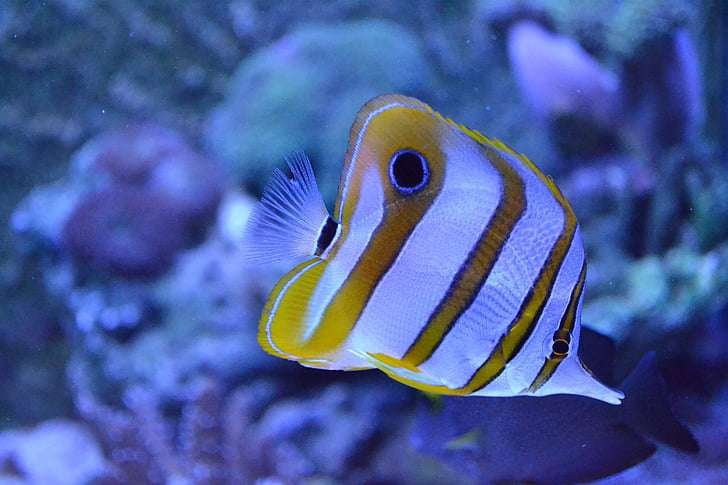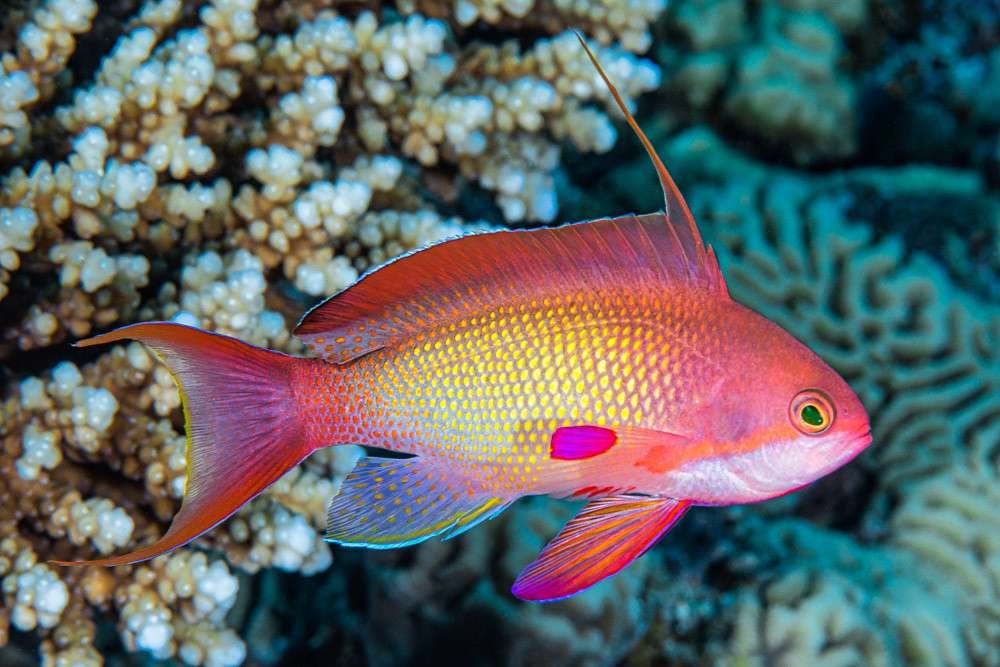Pipefish

Most people you talk to on the street will know something about seahorses. You don’t have to be an expert to spot these small, strange-looking animals. The long faces they have are the only ones of their kind in the ocean. Pipefish, on the other hand, are related to seahorses and seadragons but don’t get nearly as much attention. We’re going to change that today! You should know these things about pipefish.
Pipefish can be found almost anywhere.
The pipefish is in the same family as seadragons and seahorses, Syngnathidae. Over 225 types of pipefish live in all parts of the world, except at the poles. They can be found anywhere, from the tropics to the subarctic. Some species live in fresh water, but most of them are found in the ocean.
The Atlantic snake pipefish (Entelurus aequoreus) had a big change in its area in the early 2000s. These fish were not common in northern Norway before 2002, when they moved farther north, probably because the water got warmer. By 2007, the number of them in northern seas had gone down. Scientists are keeping an eye on their numbers to see if they change even more. This species isn’t the only one that has changed in this way because of climate change.
The form of a pipefish is important.
It’s true that pipefish don’t have the most interesting body shapes like seahorses do, but their thin bodies work for them. It looks like you straightened out a seahorse’s twisted body. Several types of pipefish live in seagrass beds or coral reefs, where they mix in with the moving plants and soft corals.
Like the dwarf pipefish, which only gets about four inches long, some pipefish are very small. The brushtail pipefish, on the other hand, can get up to 25 inches long. There mouths are very long, and they use it to suck up small food like crustaceans.
Being fed
The pipefish mostly eats small crabs. The northern pipefish may also eat fish eggs, very small young fish, and other small animals that live in water.
Threats to pipefish change over time.
There are many kinds of pipefish, and some are more at risk than others. The South African estuary pipefish is one example. It is very close to going extinct. Scientists thought it was dead in 1994 because it was so rare, but it was found again in 1996. Like many other water species, pipefish are in danger from things like pollution, climate change, and habitat loss.


